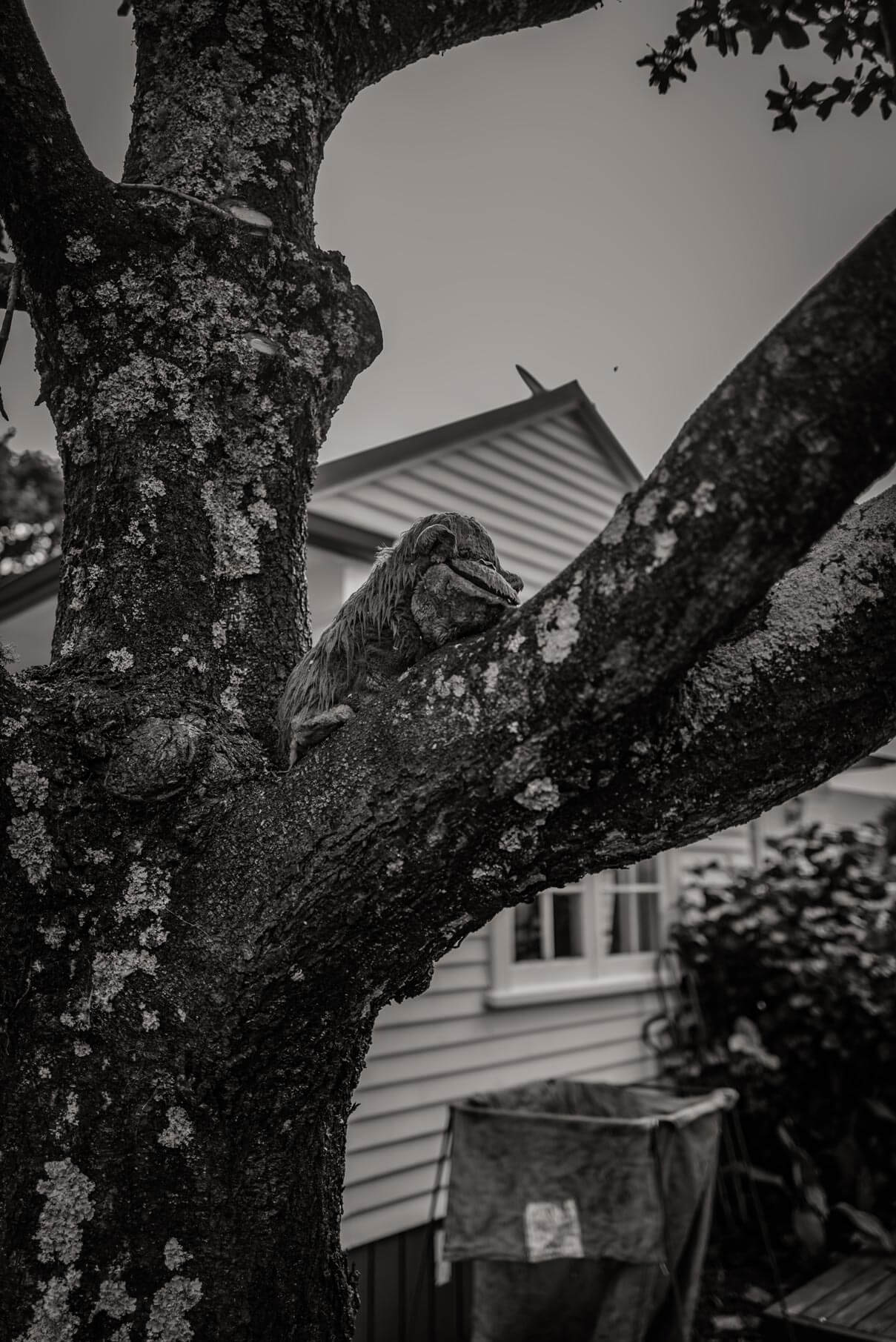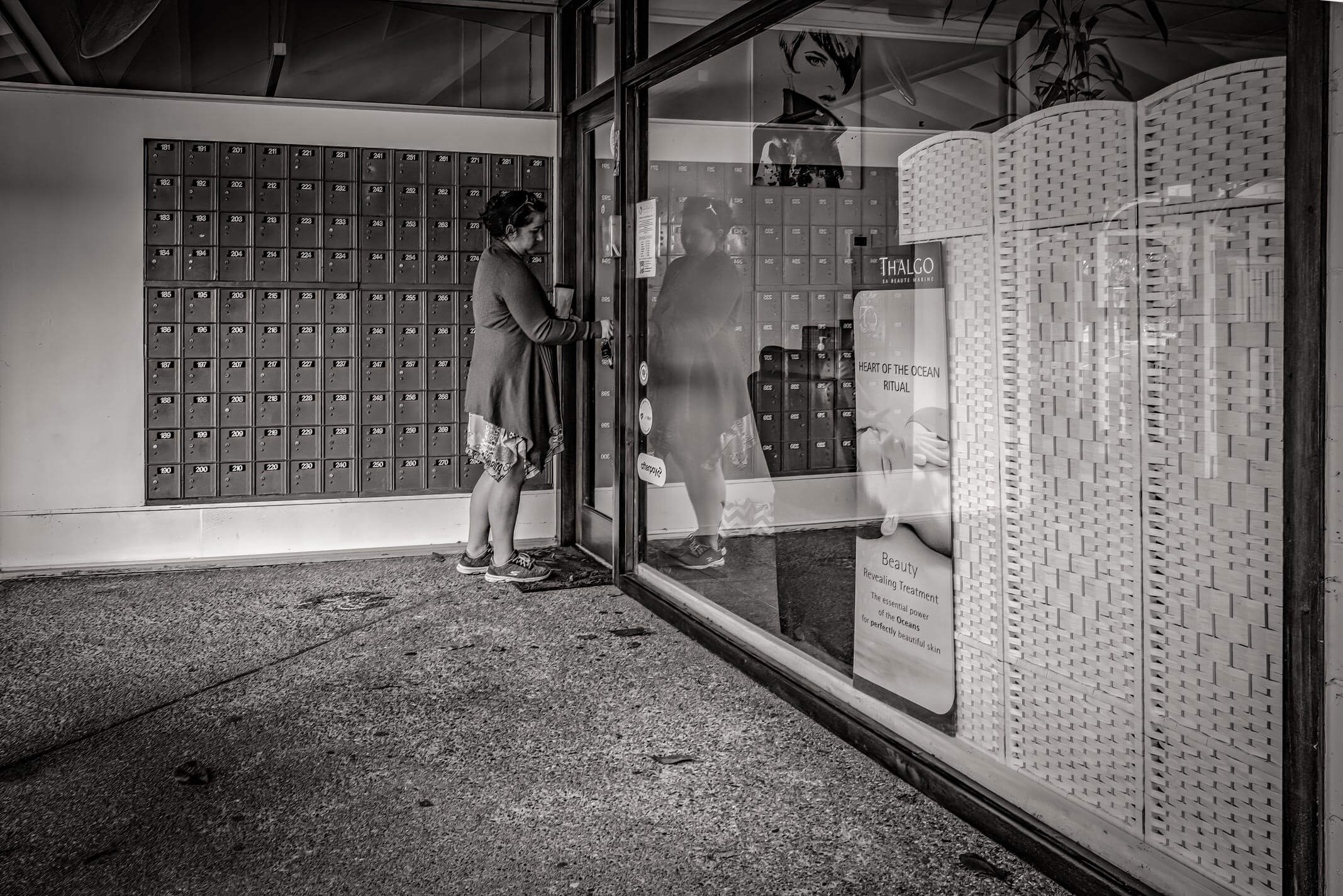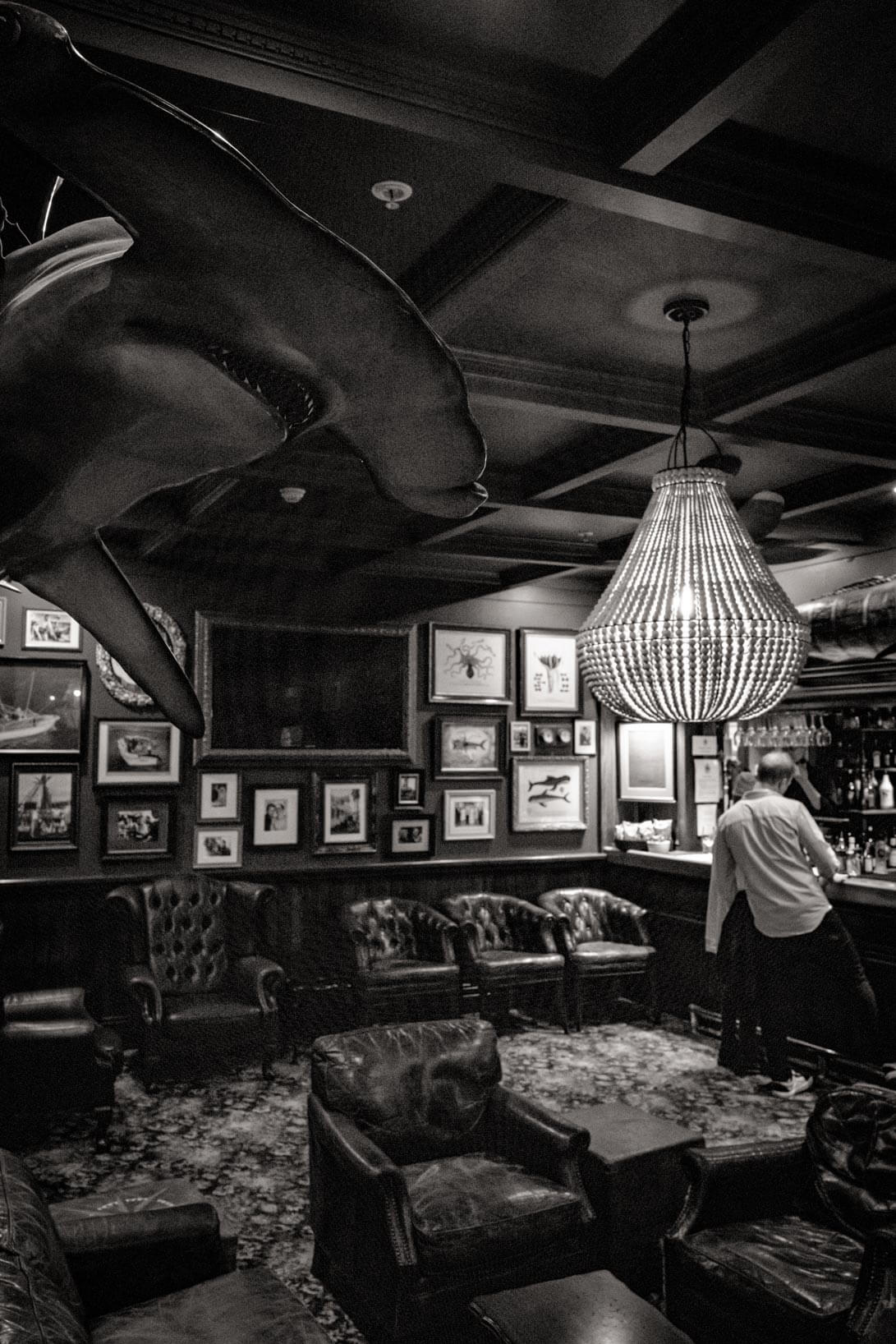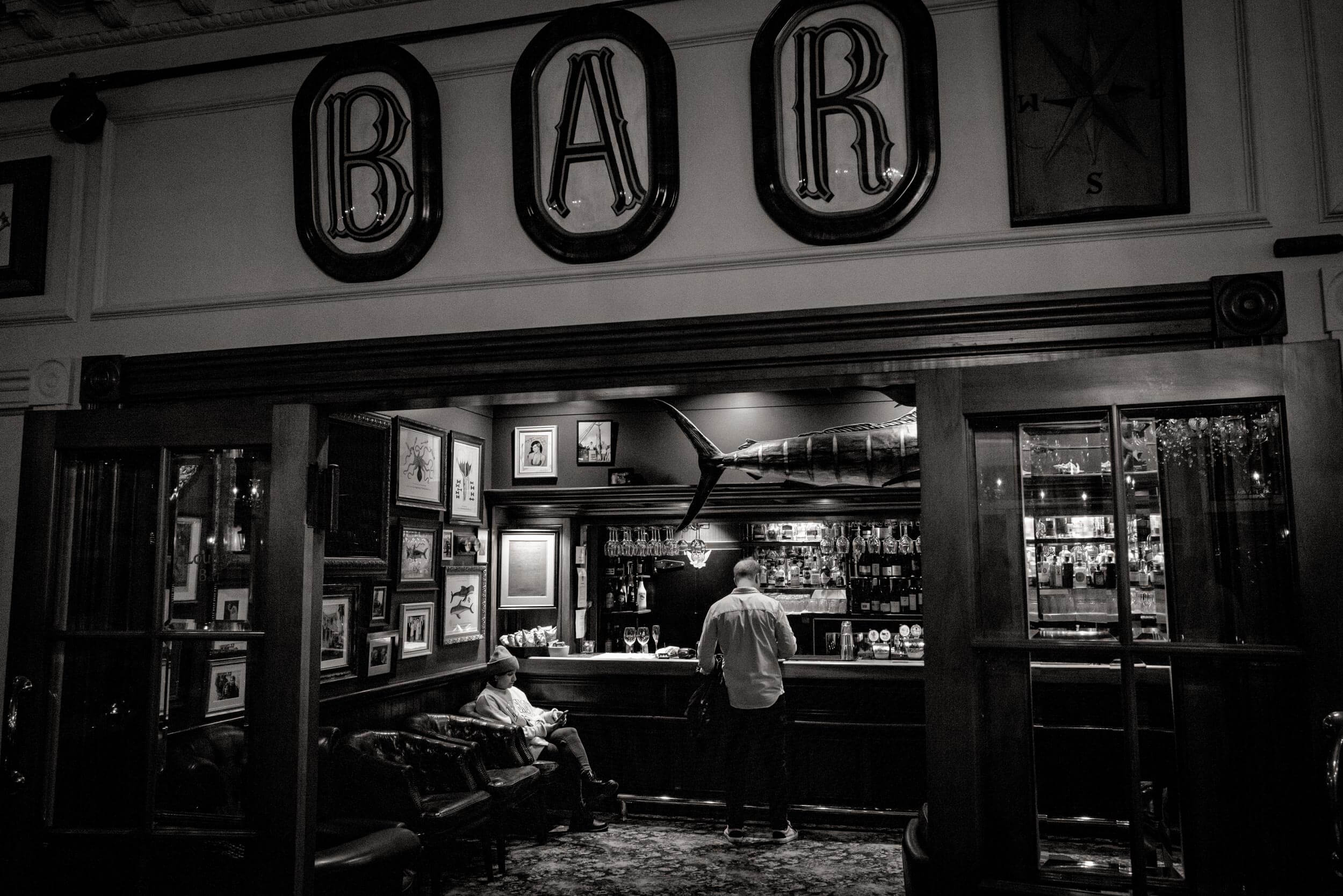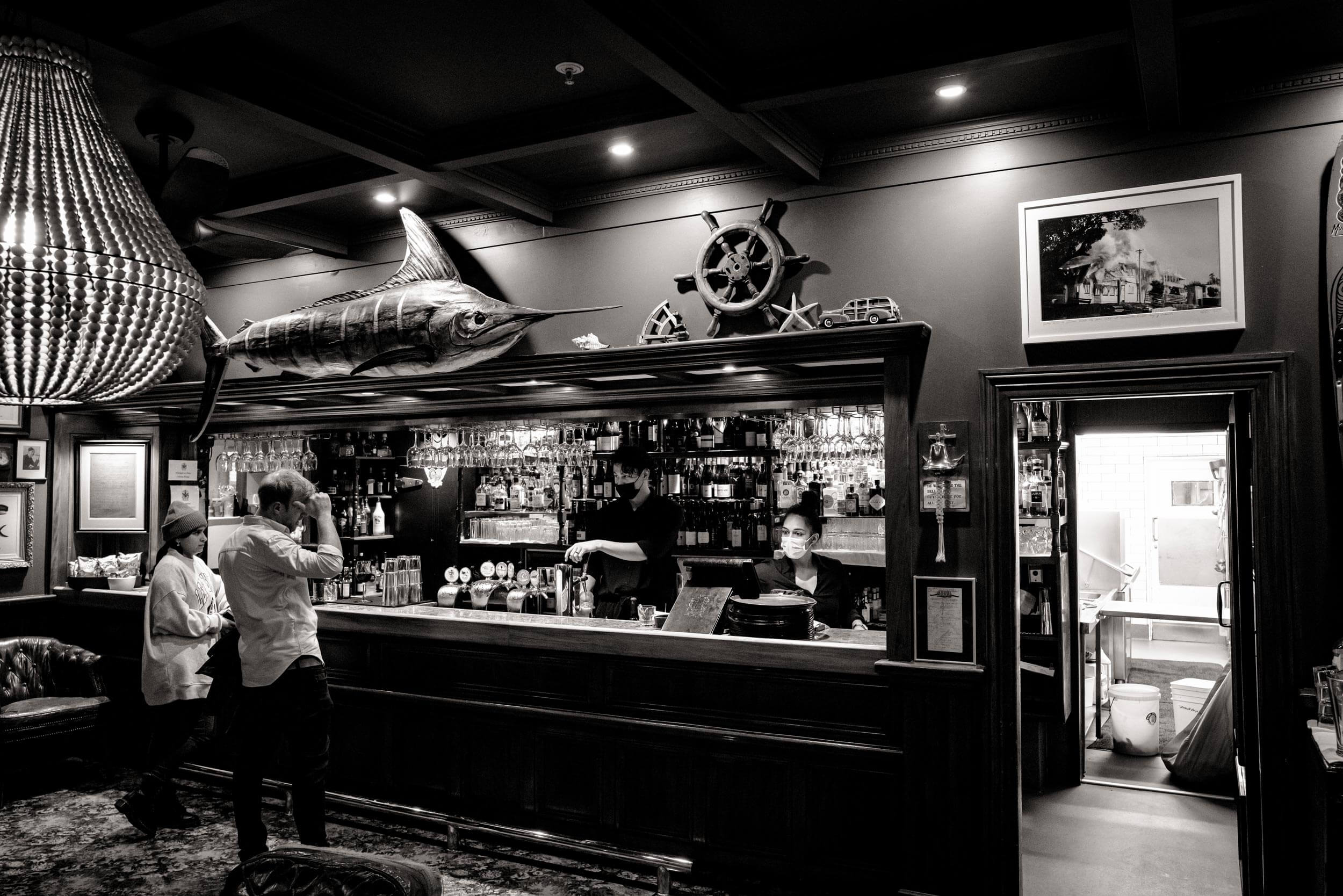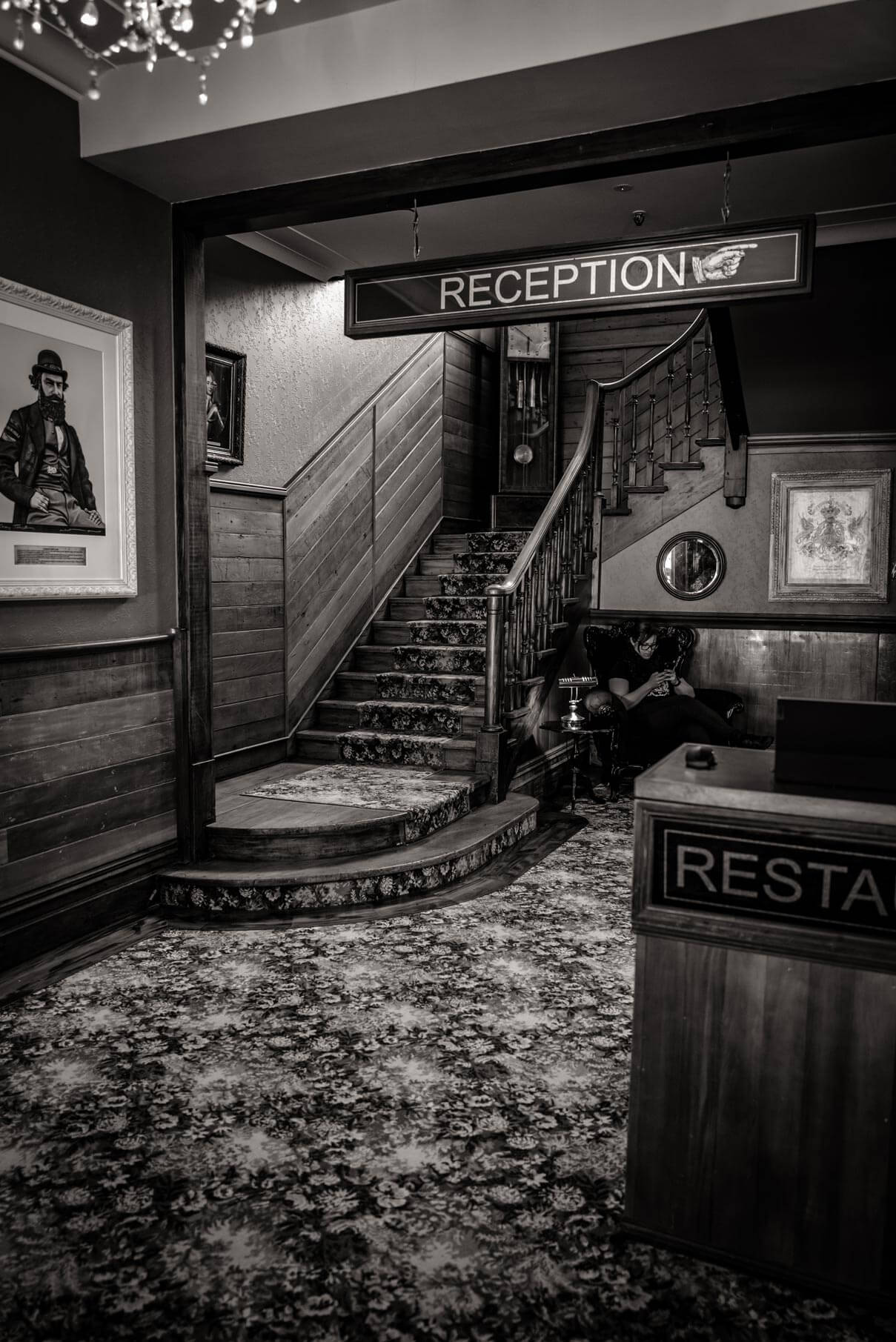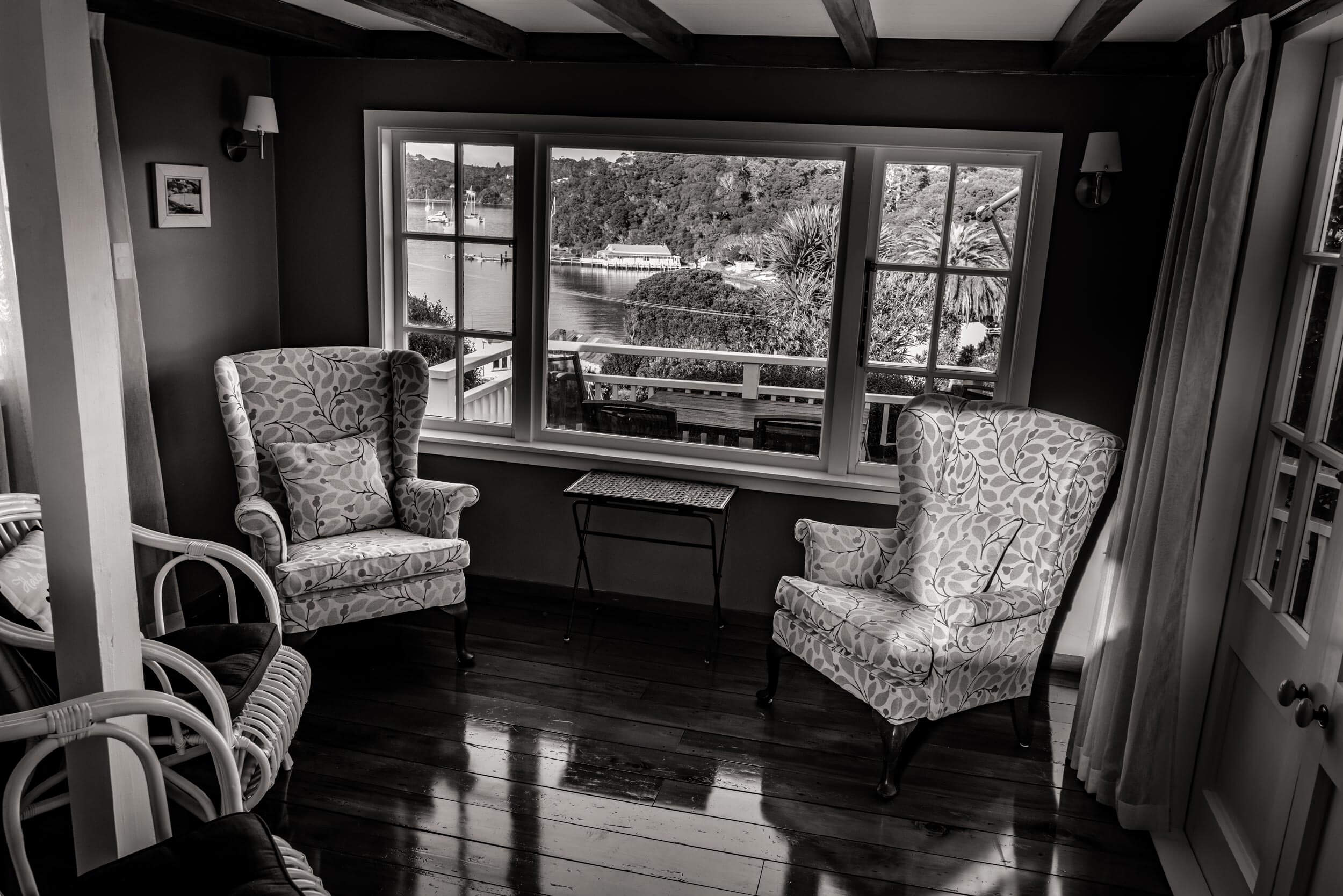The view from near the flagstaff. Some Māori in the Bay believed that the Union Jack was a symbol of their loss of authority and prosperity and they believed terms of the Treaty were not being honoured. The first four flagstaffs were cut down by Hone Heke and his cohorts as an objection to British sovereignty sparking the Northland wars.
The Gables is New Zealand’s oldest operating restaurant, built from pit-sawn Kauri in 1847 on whalebone foundations. The Gables was built by Joseph England, an immigrant shoemaker who purchased the land for 30 pounds from Moko, a Maori chief. In the mid 1800’s the Gables was most likely a brothel and after 1860 was a shop, bake house, and Salvation Army Boys Home until it reverted again to a restaurant.
The waterfront at Russell. Quiet in winter, with only a handful of tourits. Most restaurants are closed and the few that reamin open do so in an agreed upon system.. One will stay open to “corner all the diners” and the others will stay closed. In turn, when the other one opens, the rest will stay closed.
The mini-tour covers most places than can easily be covered on foot. Even so, it seems to have a clientele. Here it is in front of the Pompalier, a French-style printery and tannery. Built in 1842, Pompallier Mission originally housed a printery where Church texts were translated from Latin to te reo Māori, then printed and bound. It is just one of several buildings, including a chapel and various outhouses, which once stood in this crowded enclave. Today the Printery stands as New Zealand’s oldest industrial building, as well as the oldest of rammed-earth construction, distinctly French in style and making use of local materials including sand, rock and timber.

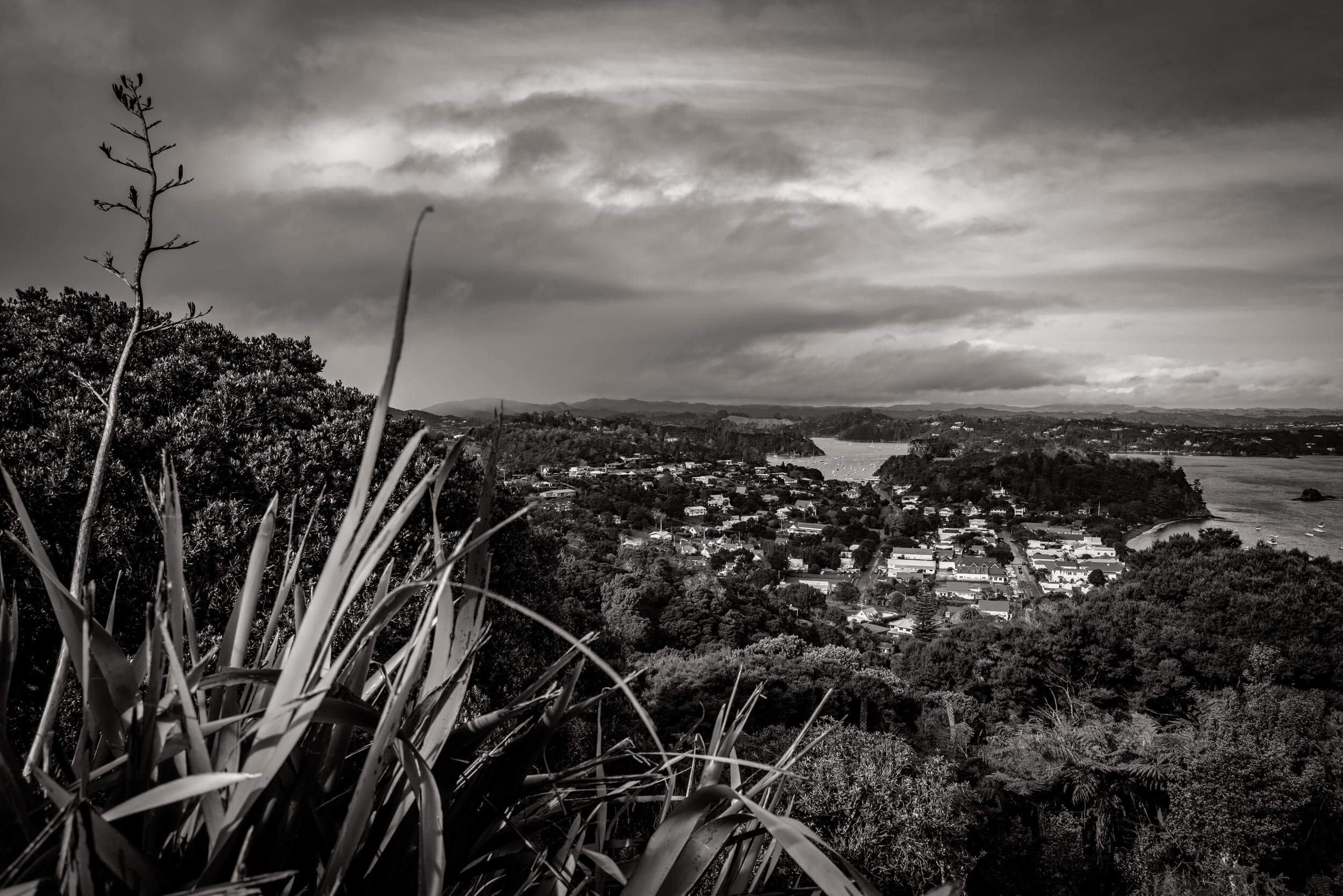
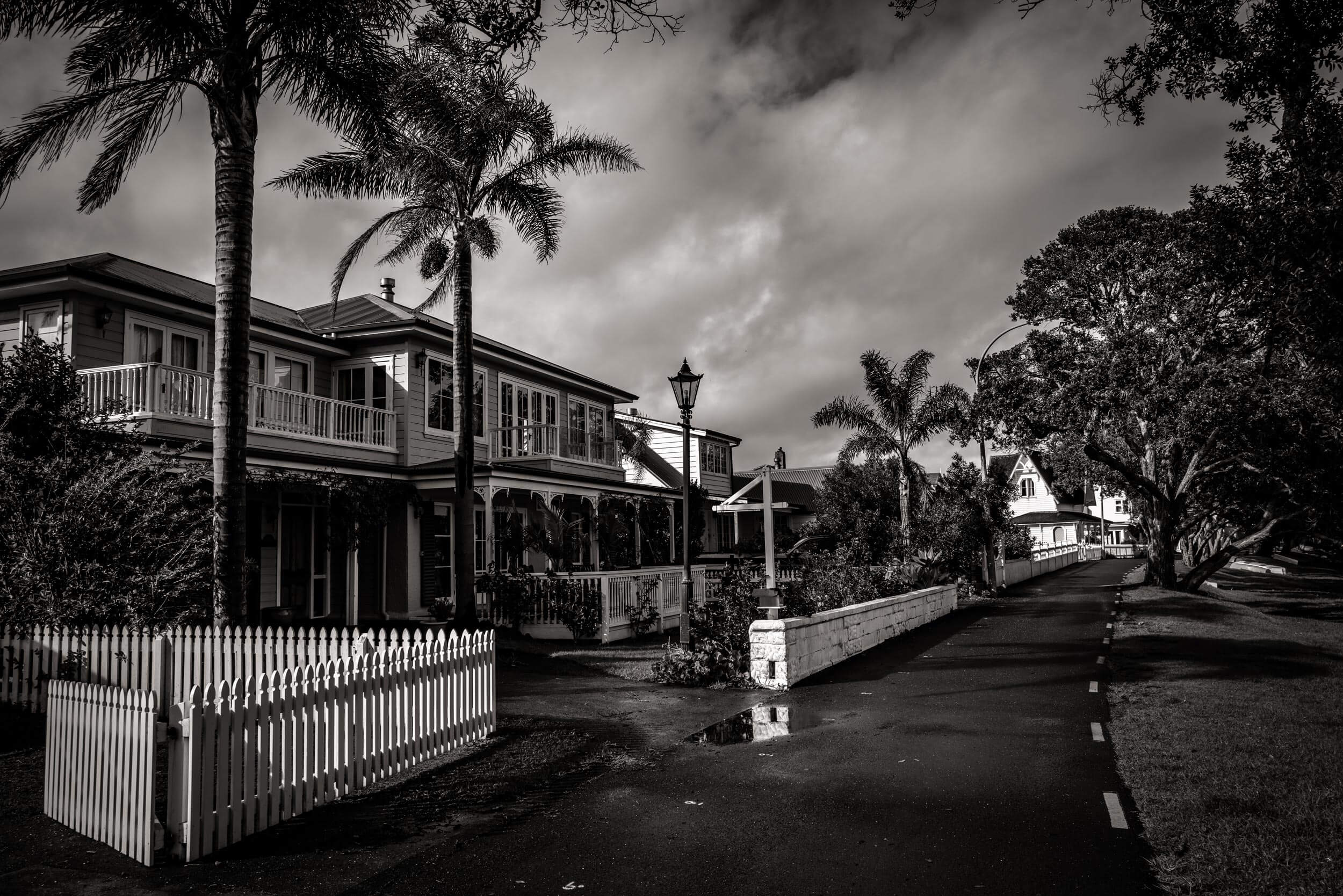
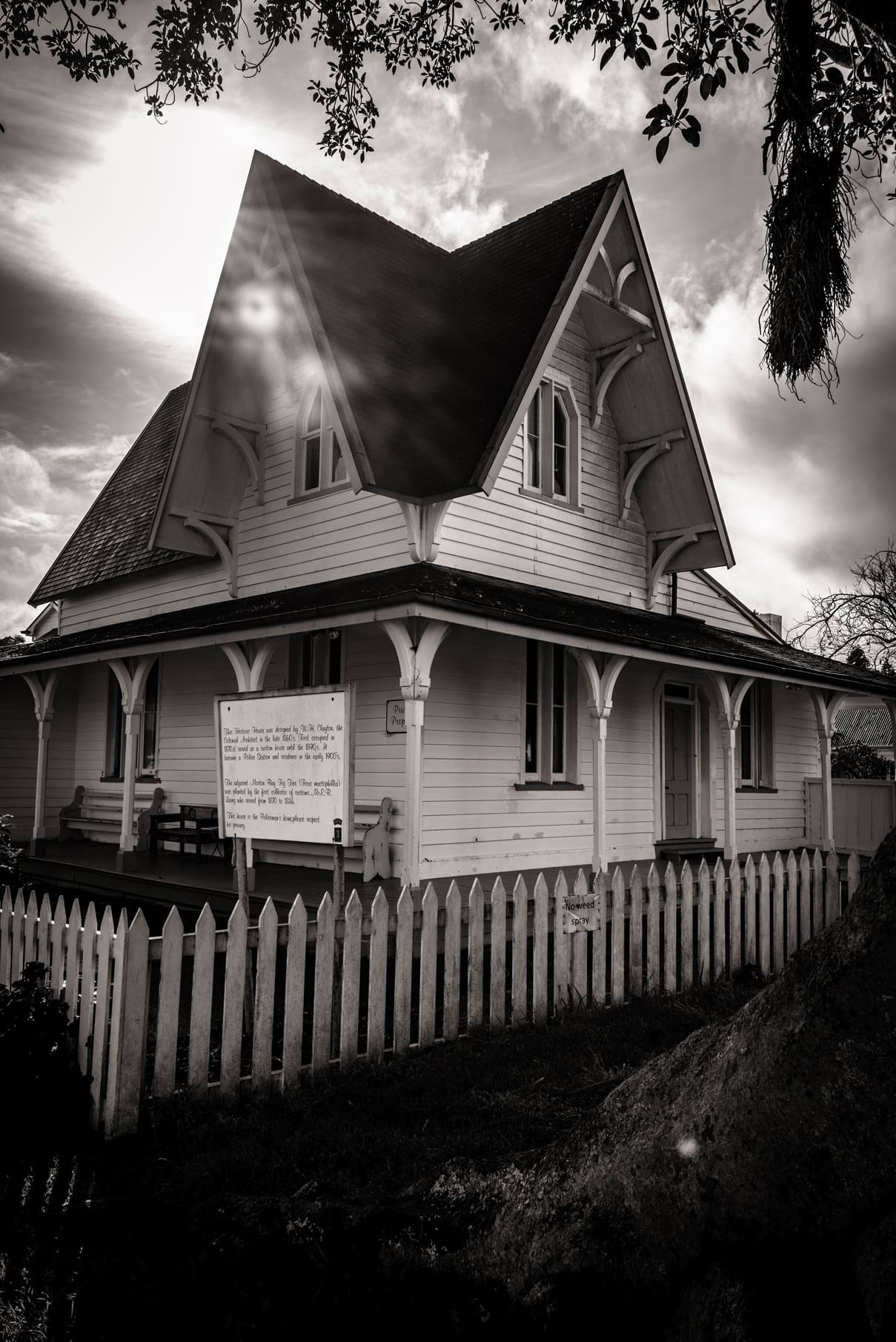
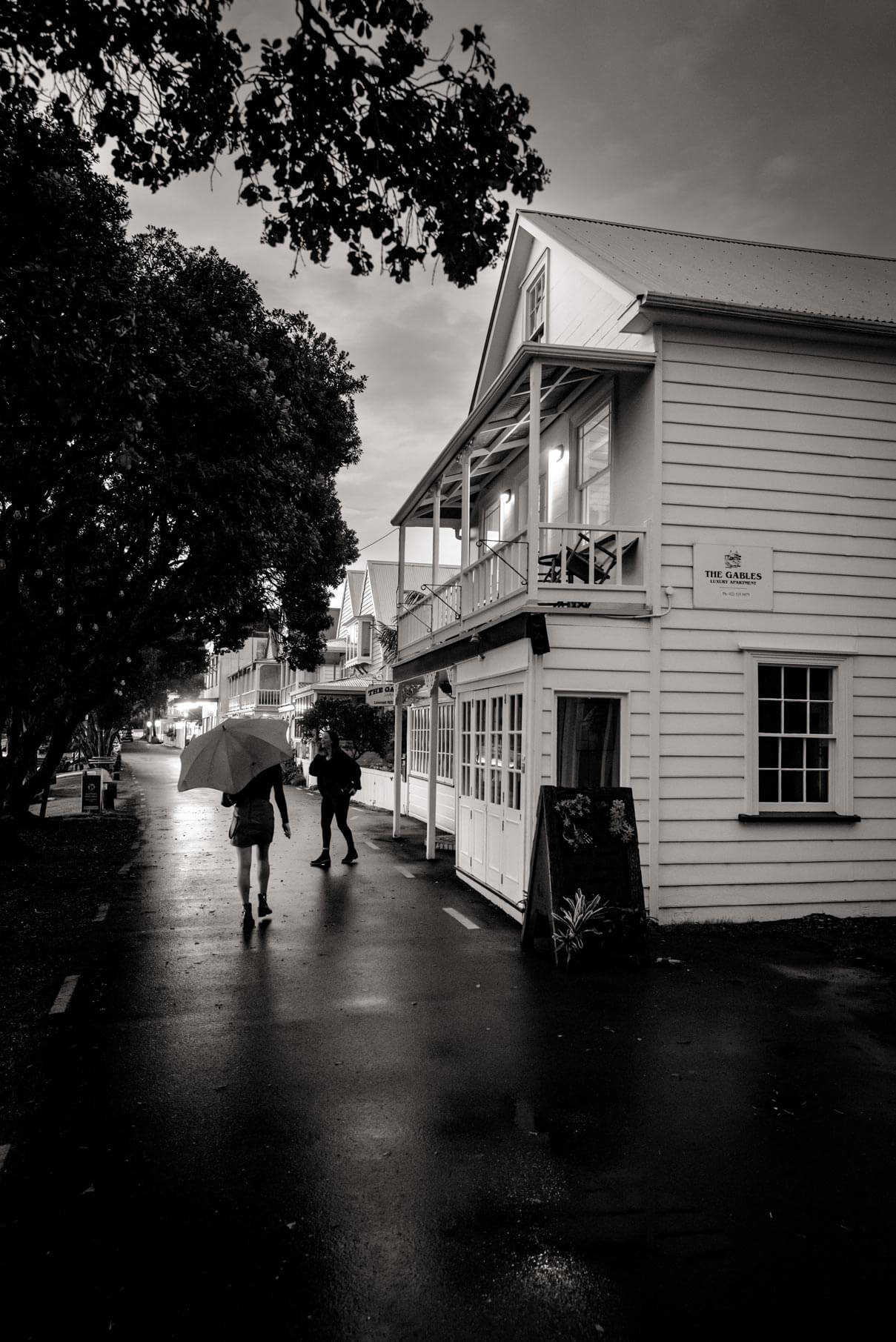
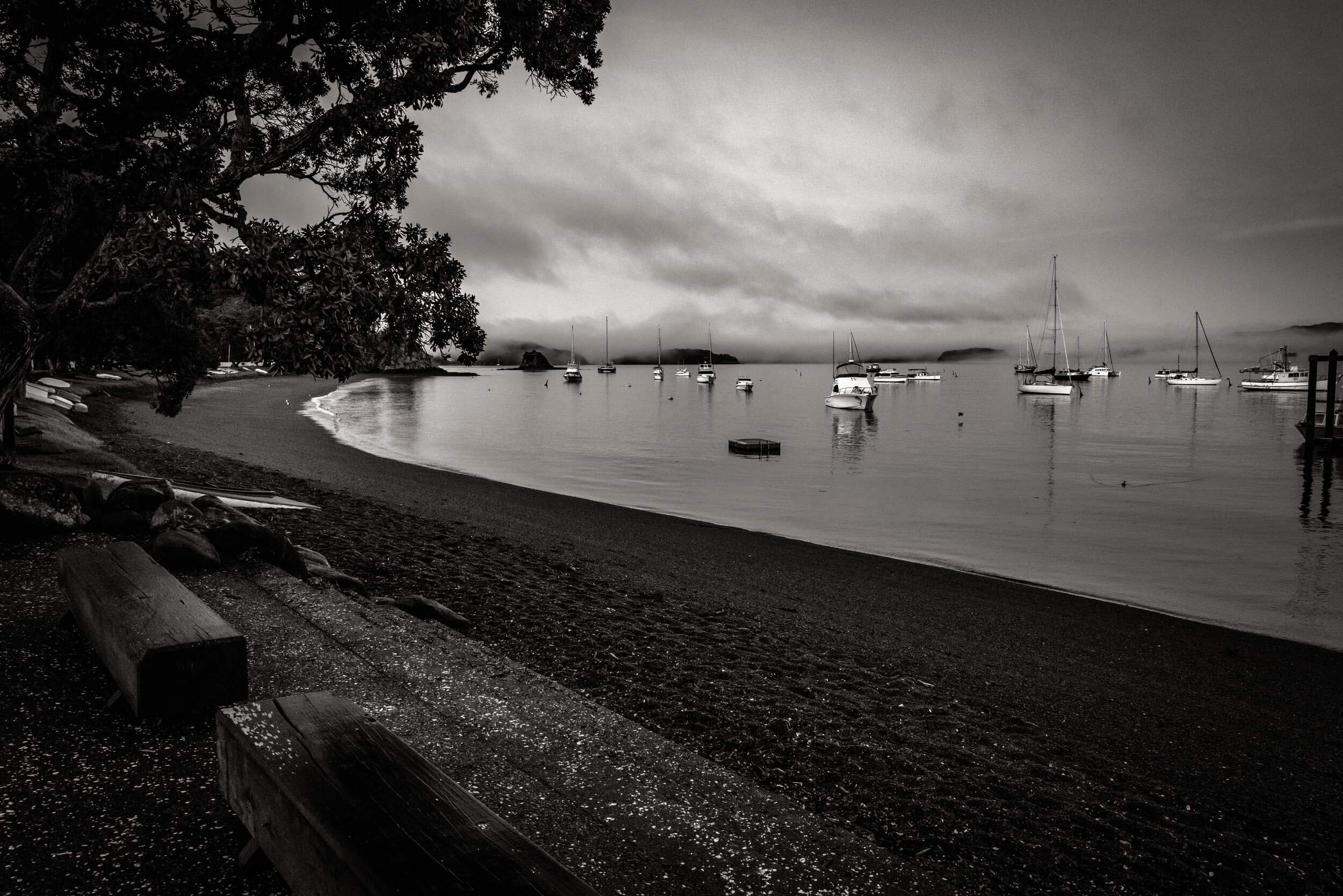
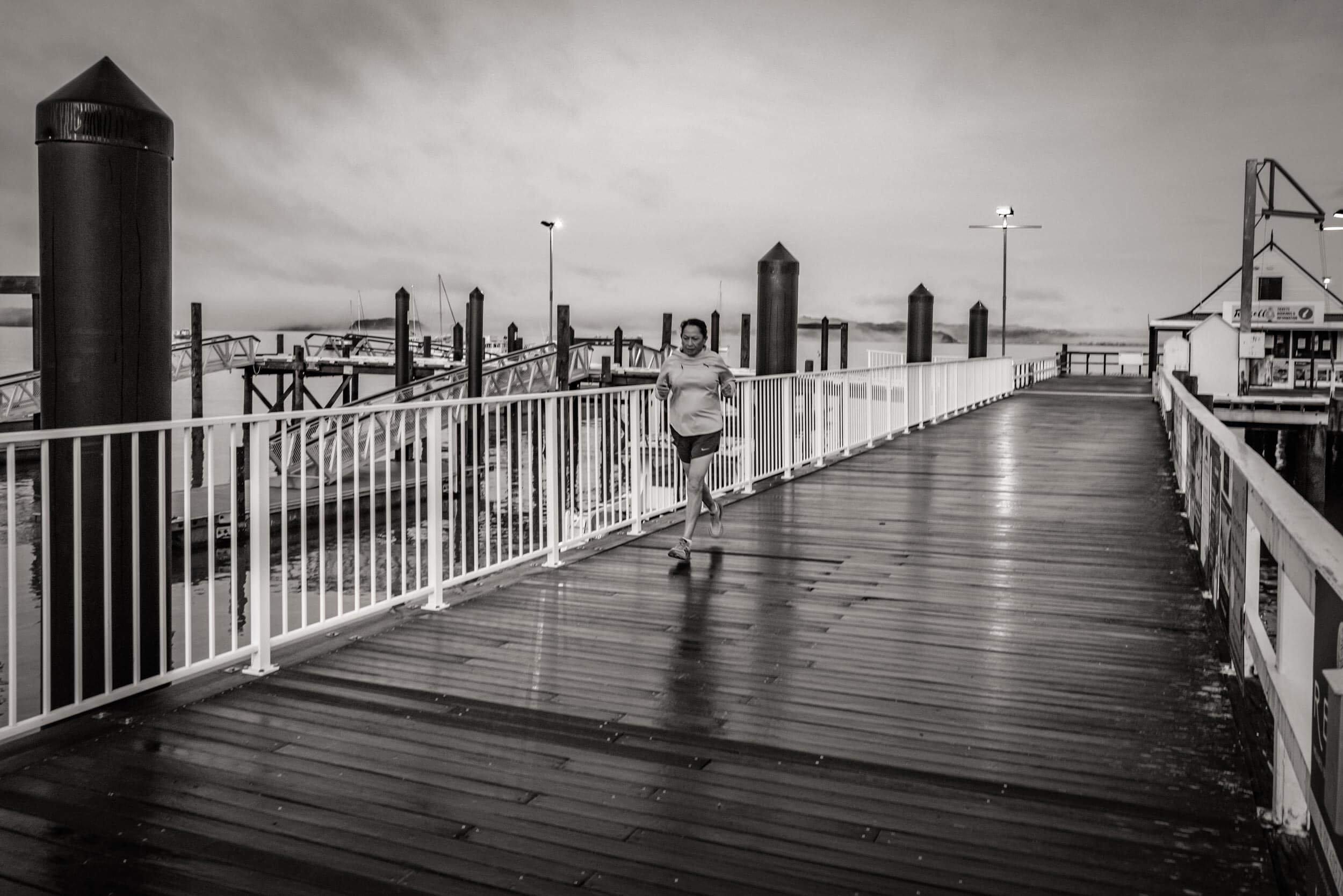
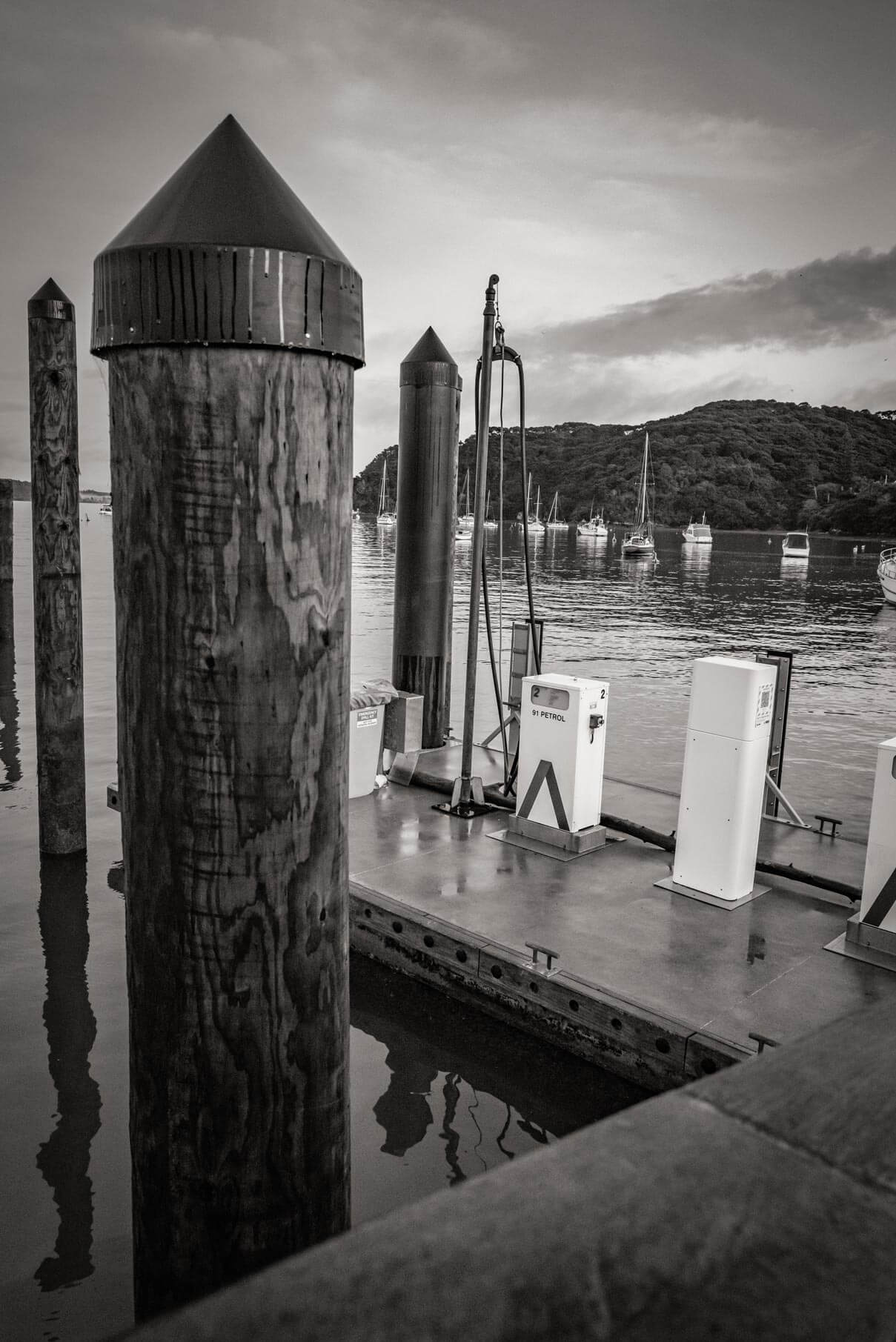
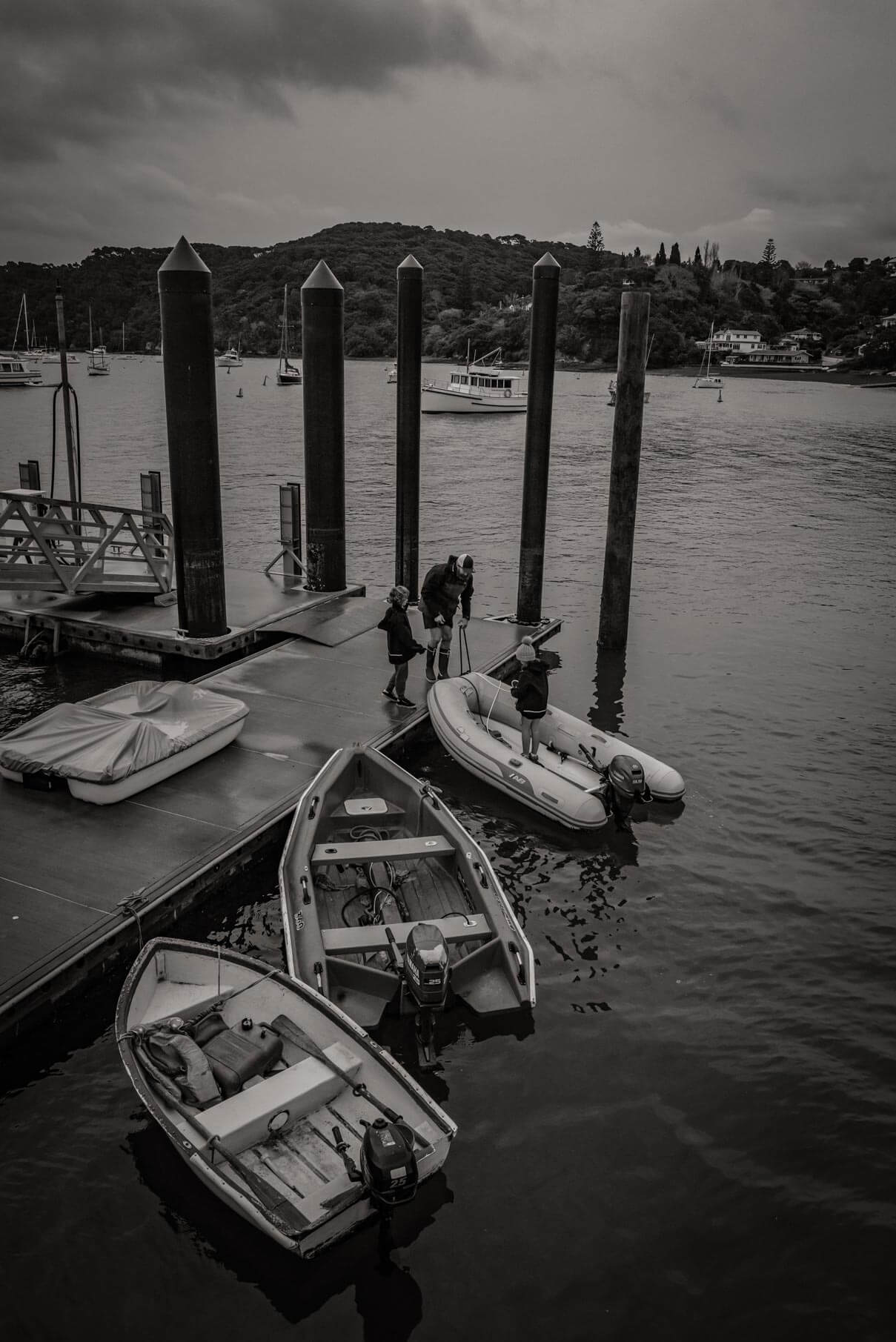
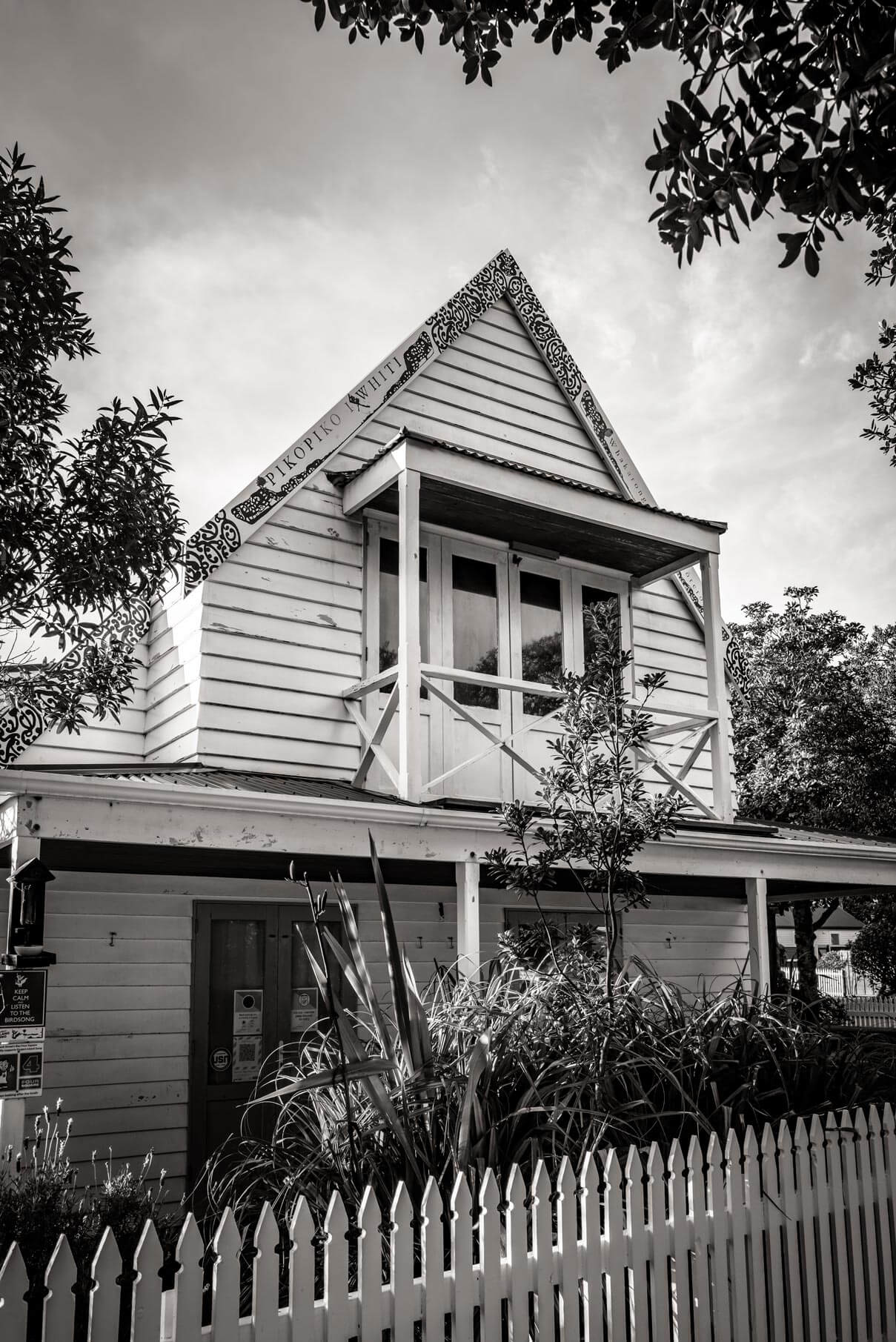
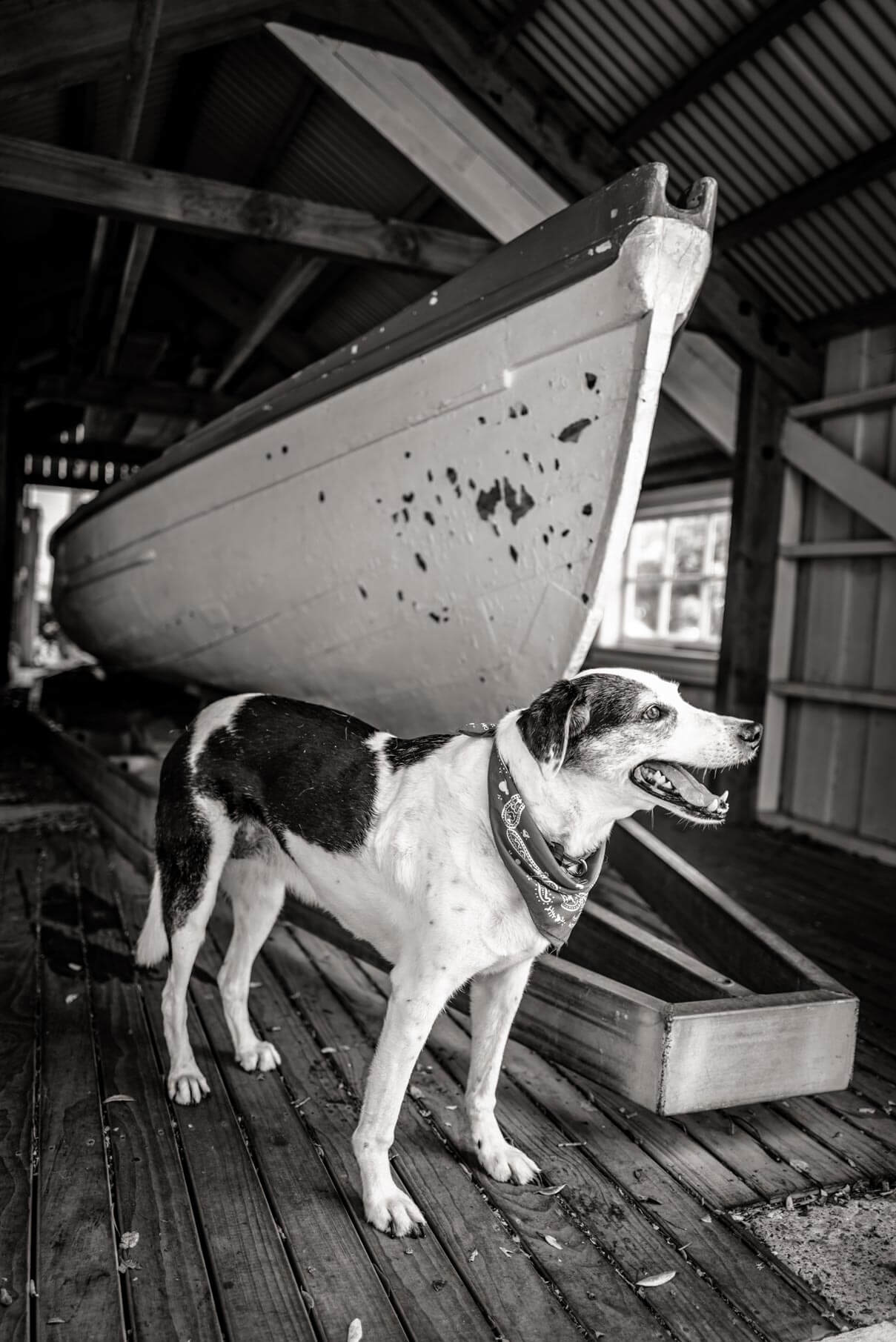
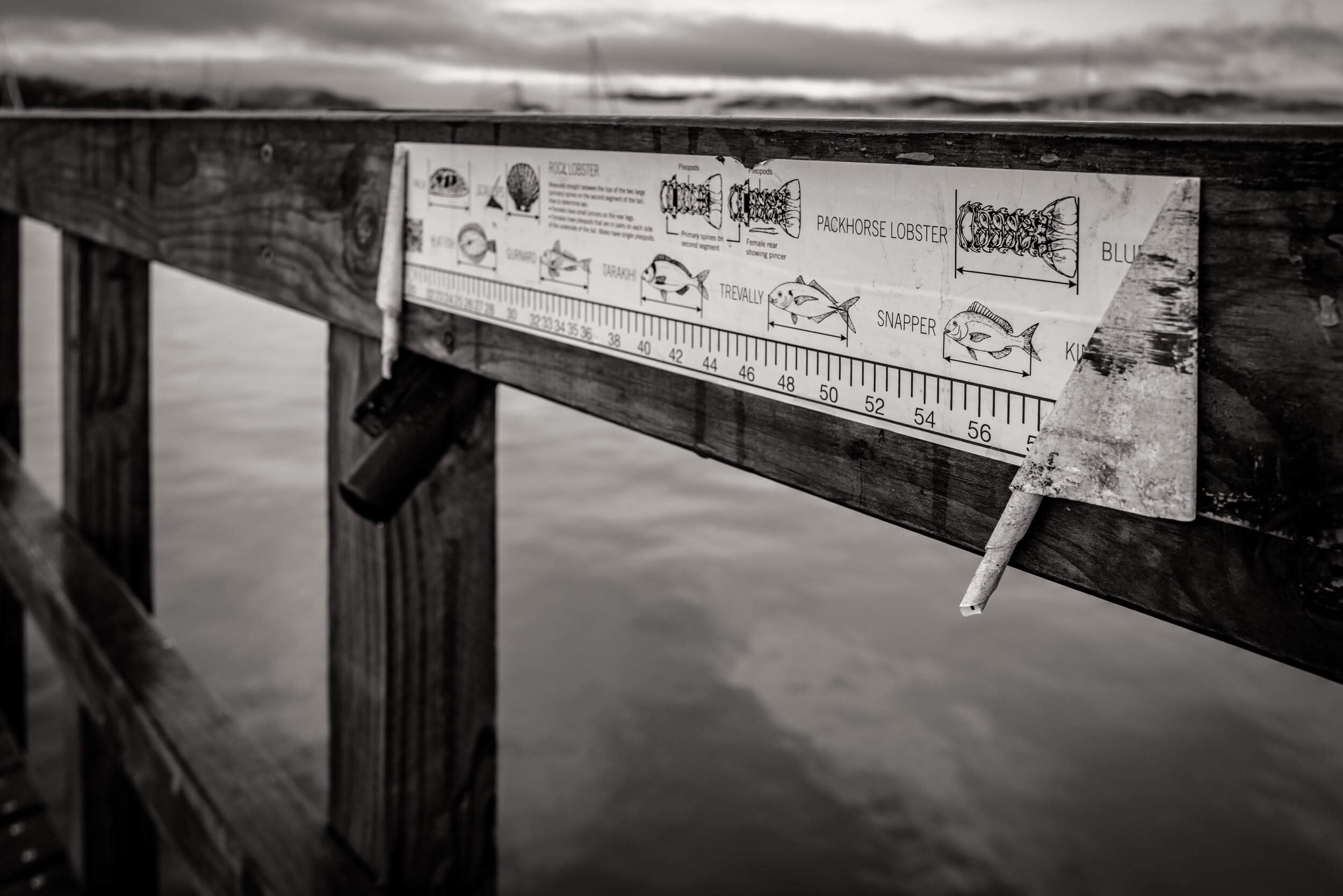
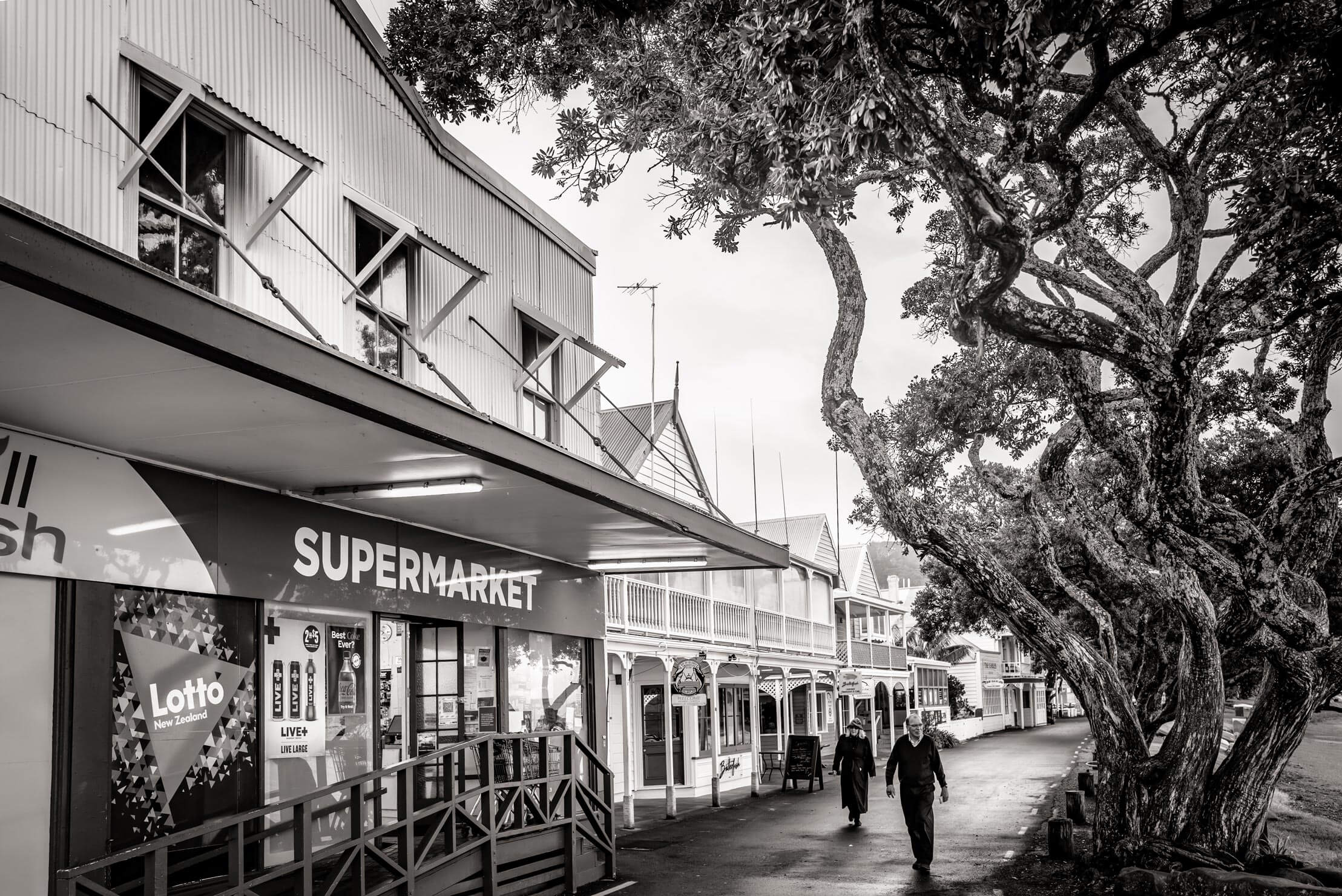
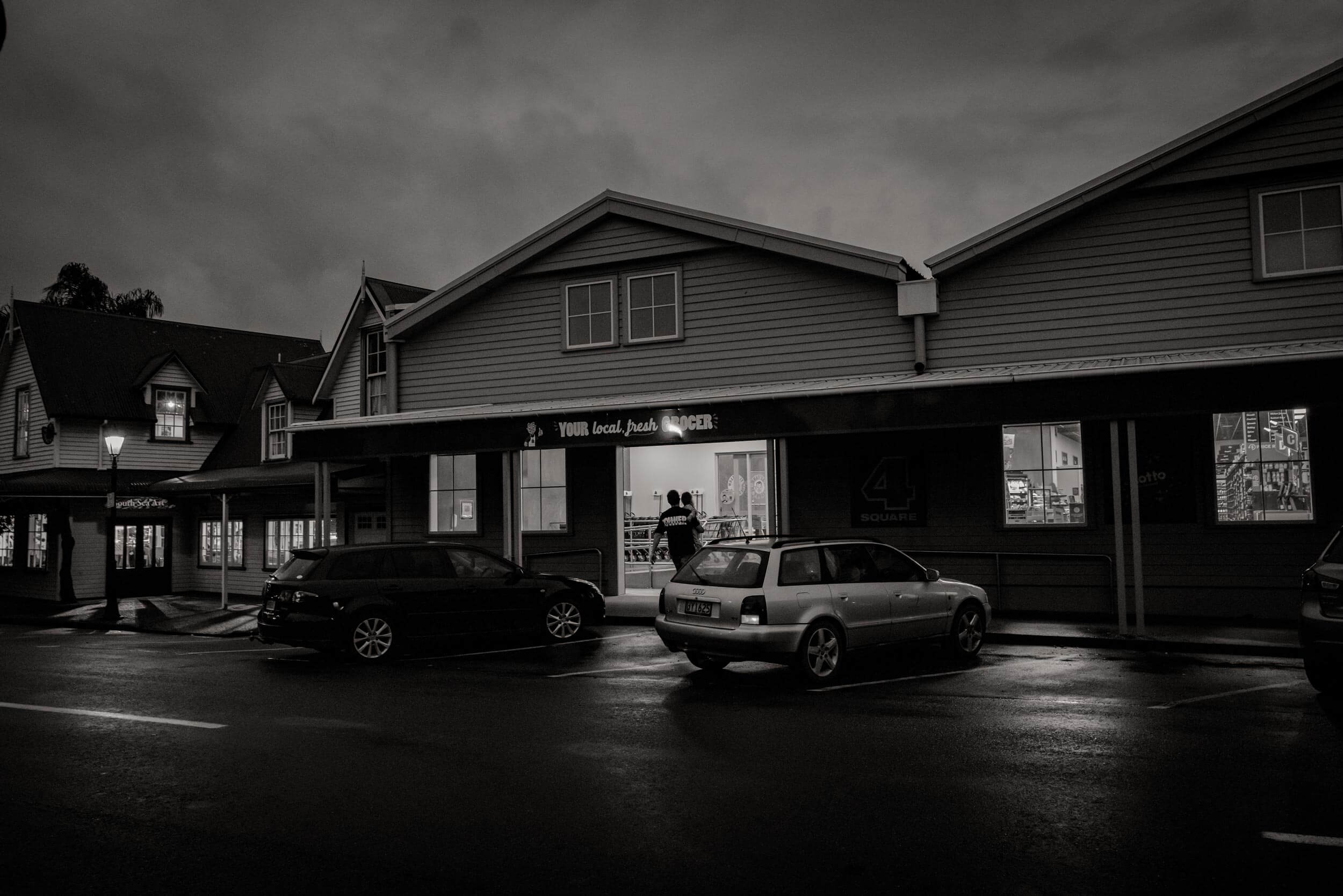

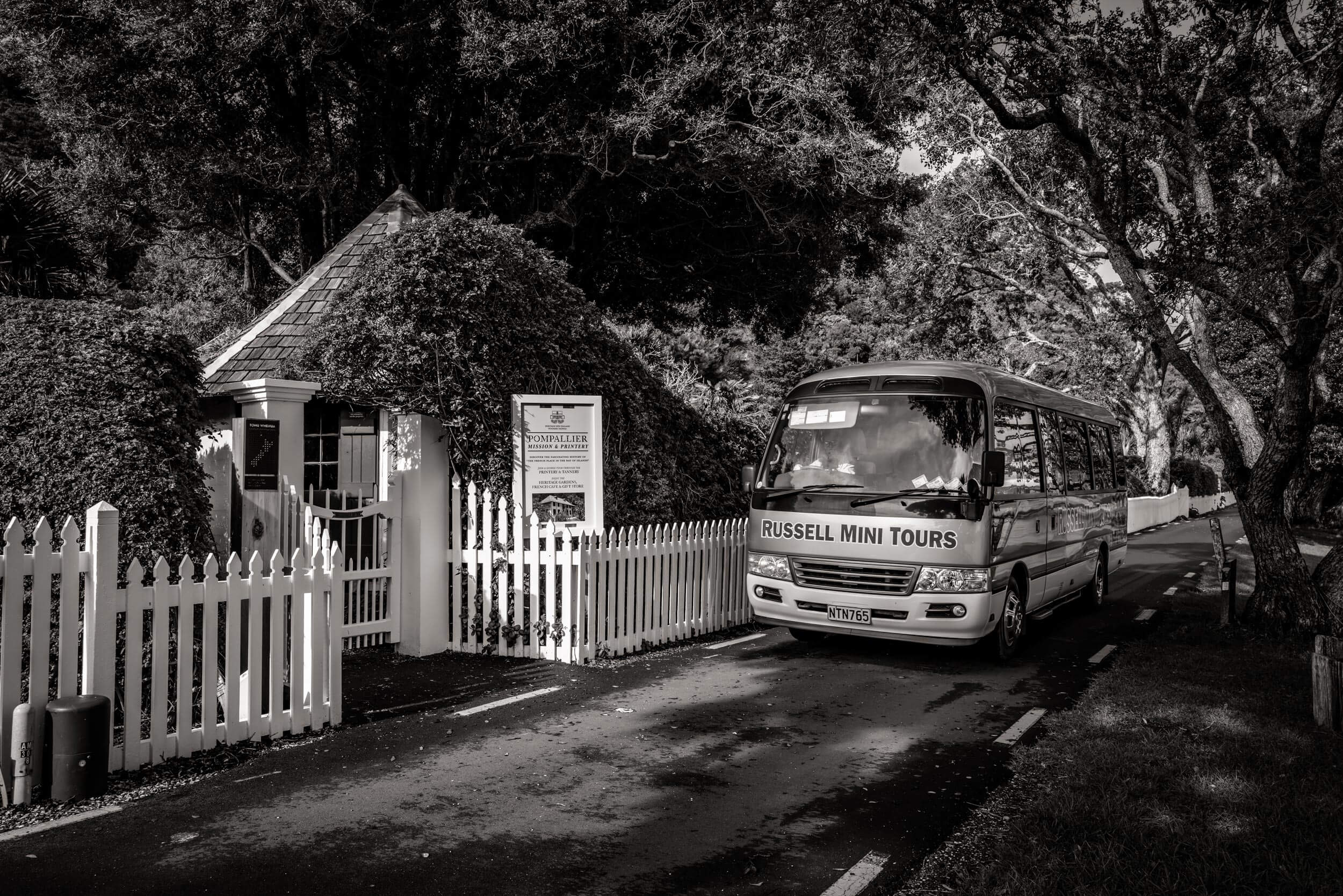
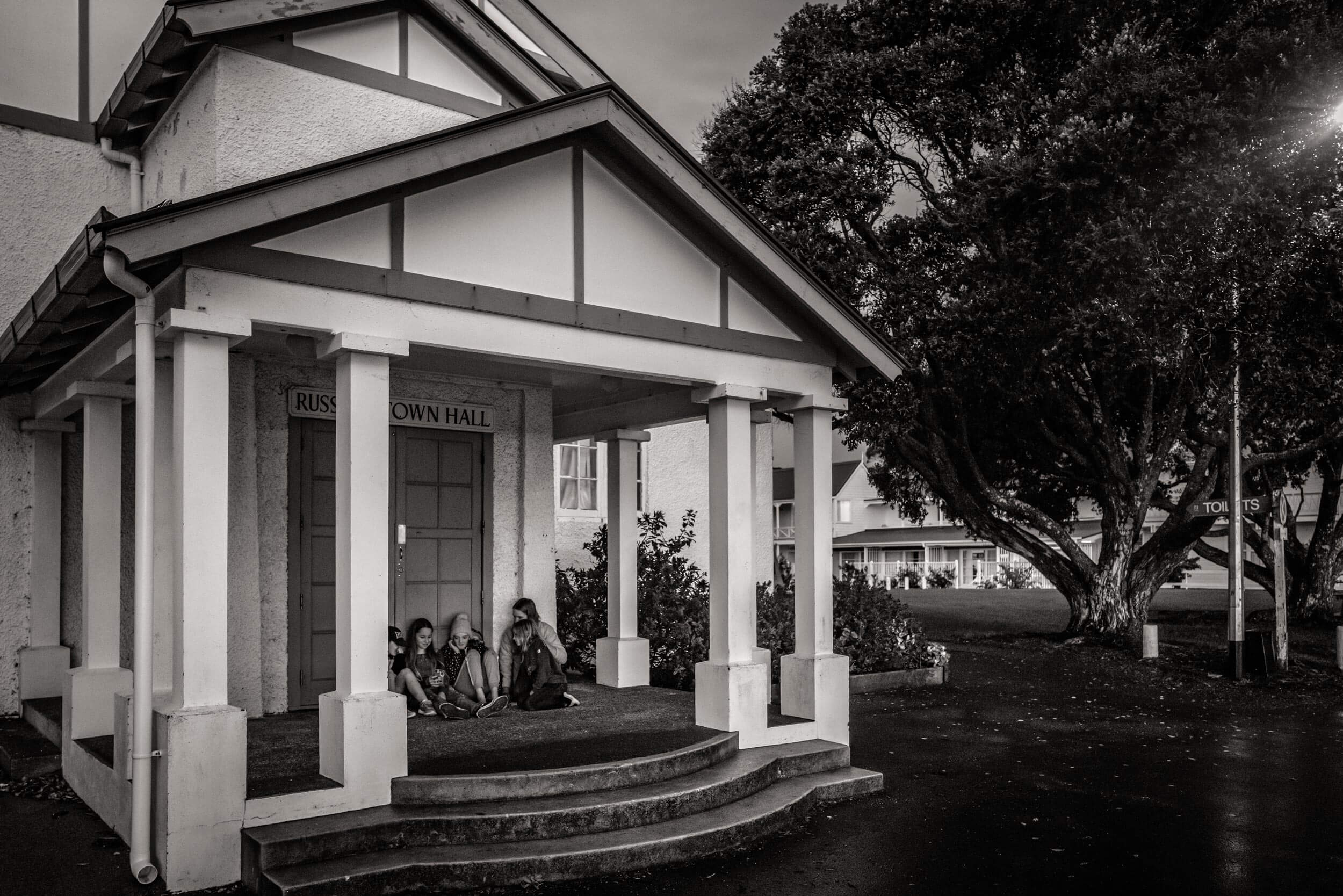
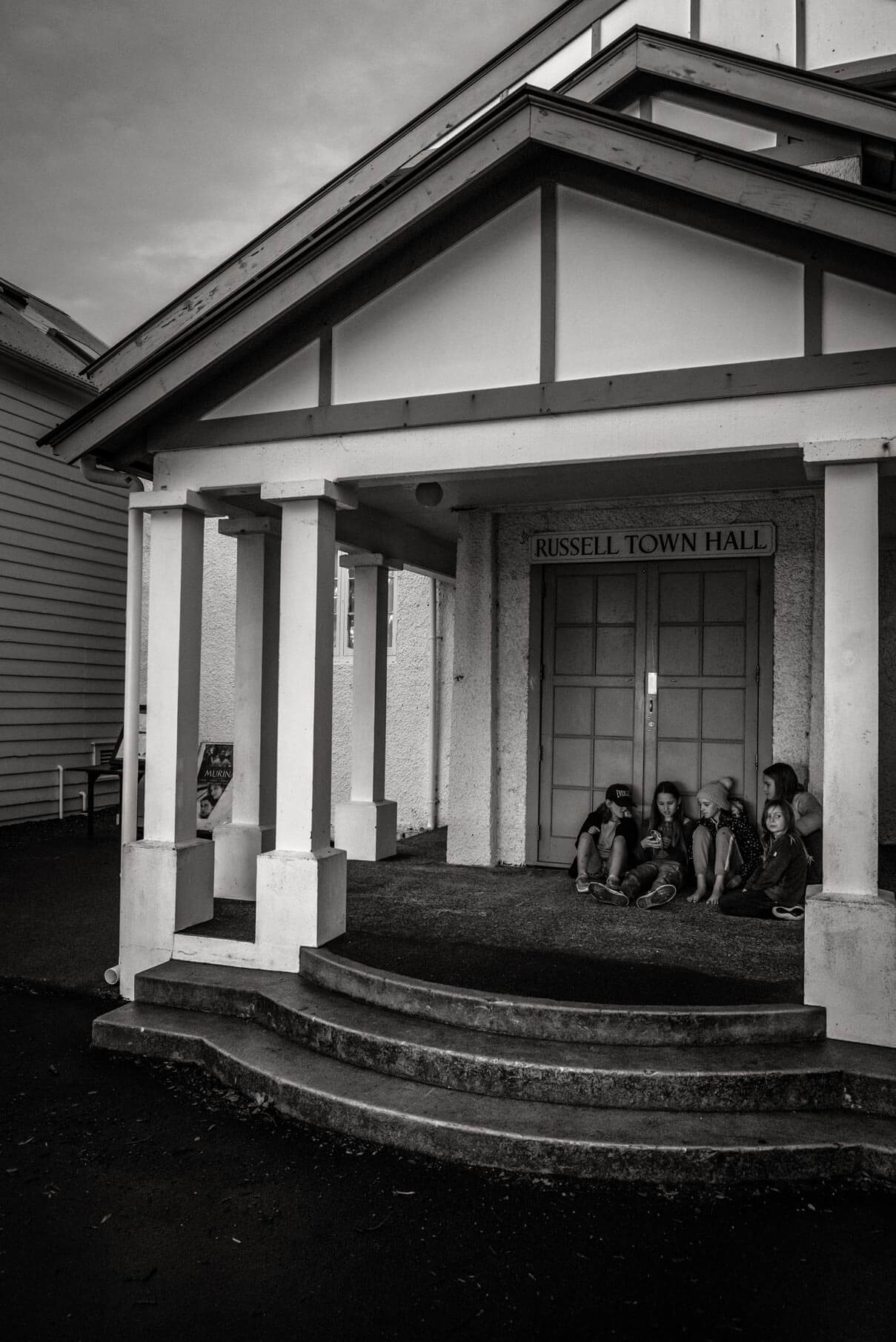
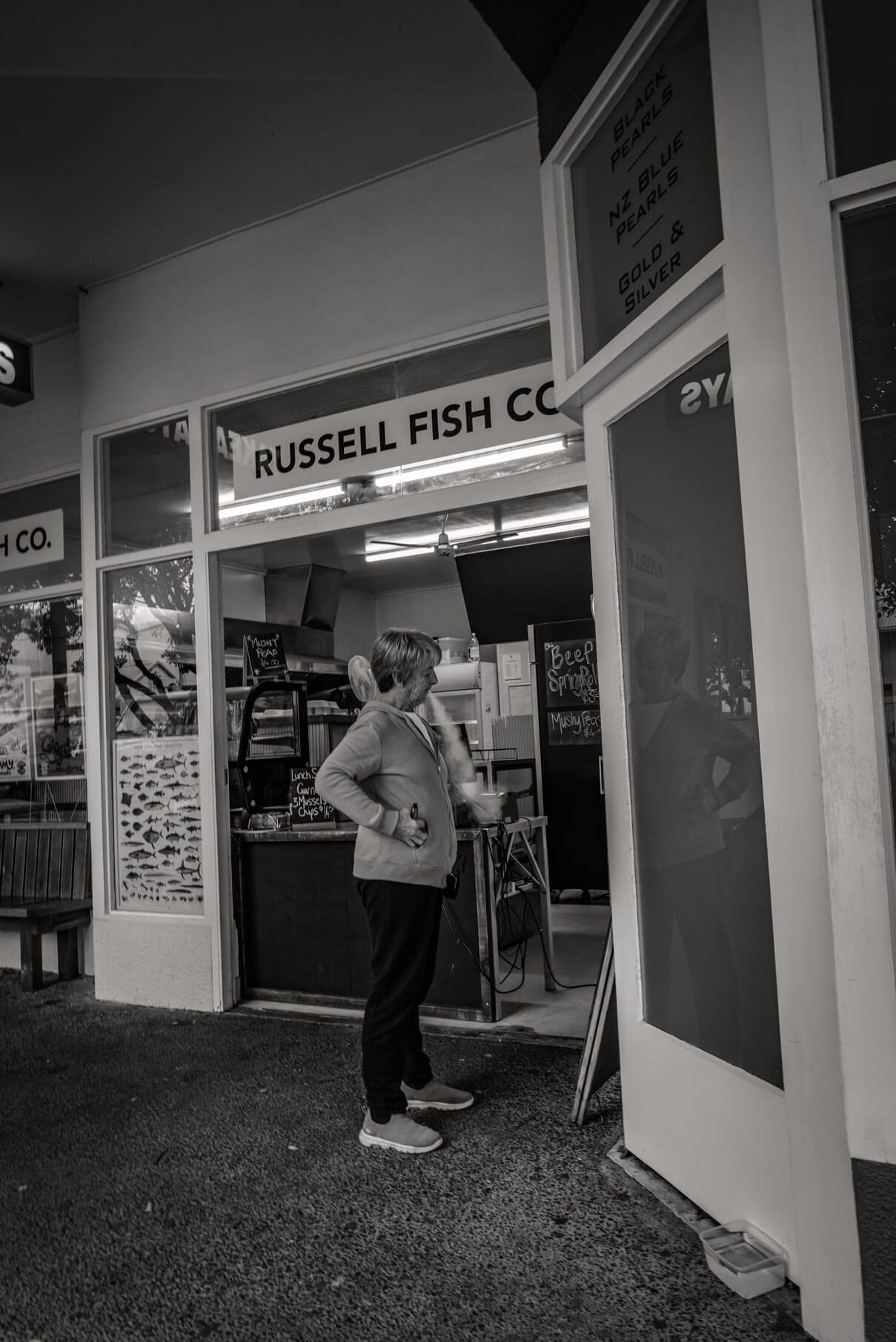
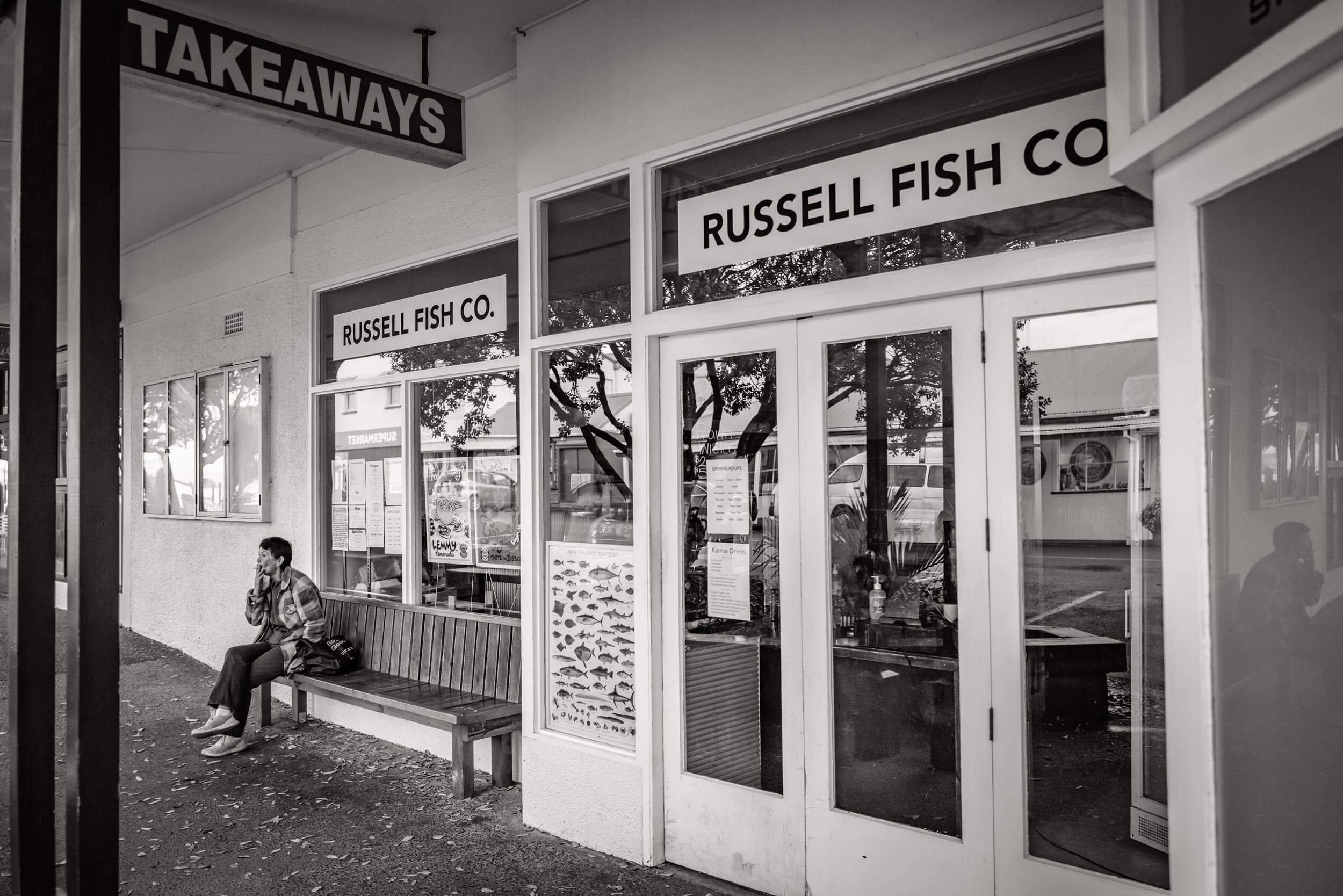
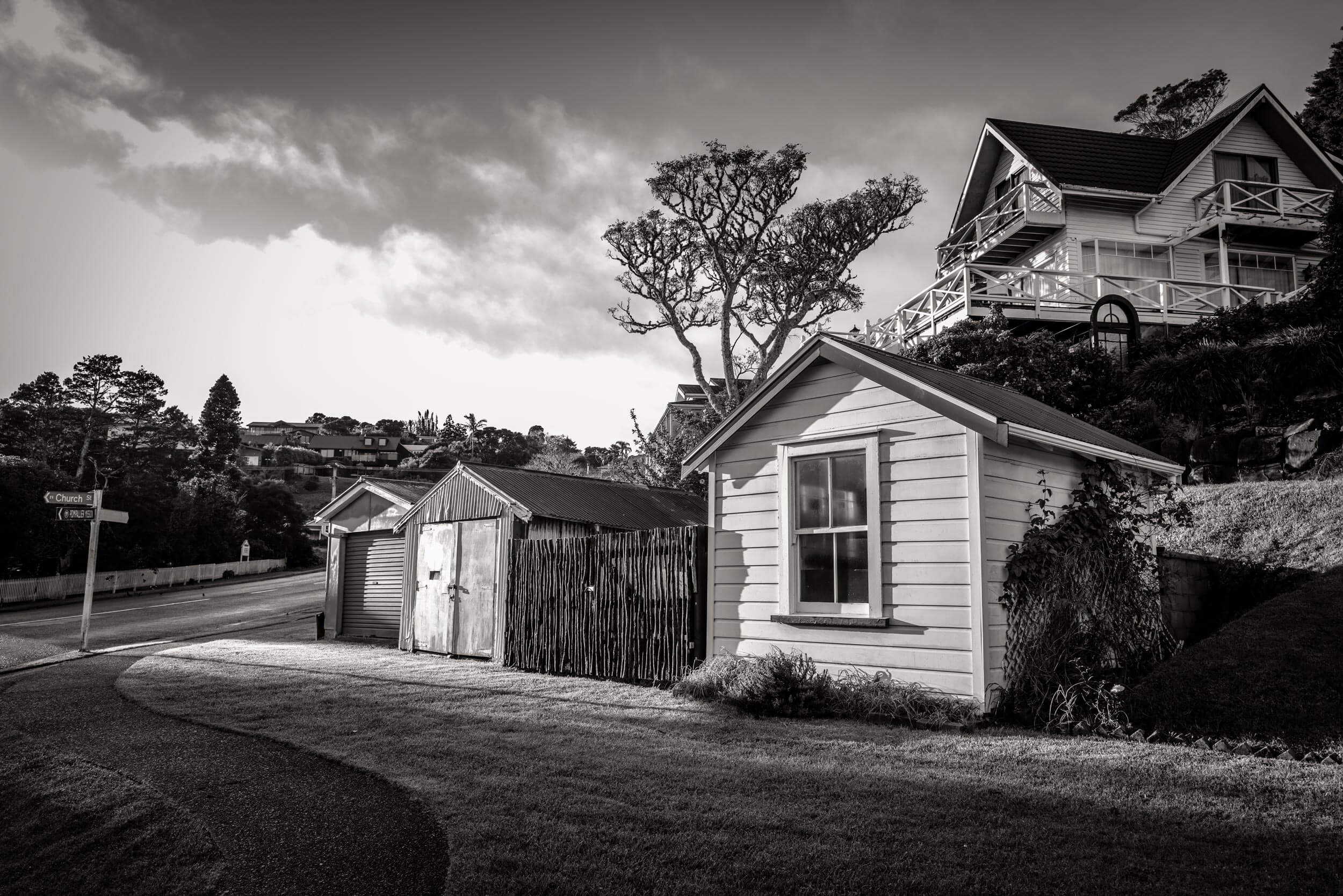
![Christ Church 2001-01 Russell.jpg Christ Church in Russell with its historic graveyard Wikimedia | © OpenStreetMap General information Address Church Street Russell 0255 New Zealand Coordinates 35°15′47.6″S 174°07′24.8″ECoordinates: 35°15′47.6″S 174°07′24.8″E Completed 1835 Heritage New Zealand – Category I Designated 24 November 1983[1] Reference no. 1 Christ Church (Māori: Te Whare Karakia o Kororareka) is New Zealand's oldest surviving church.[1] Built in 1835 by Gilbert Mair in the village of Russell, Christ Church 2001-01 Russell.jpg Christ Church in Russell with its historic graveyard Wikimedia | © OpenStreetMap General information Address Church Street Russell 0255 New Zealand Coordinates 35°15′47.6″S 174°07′24.8″ECoordinates: 35°15′47.6″S 174°07′24.8″E Completed 1835 Heritage New Zealand – Category I Designated 24 November 1983[1] Reference no. 1 Christ Church (Māori: Te Whare Karakia o Kororareka) is New Zealand's oldest surviving church.[1] Built in 1835 by Gilbert Mair in the village of Russell,](https://theotherseandsouza.com/wp-content/uploads/2022/06/L1003856.jpg)
